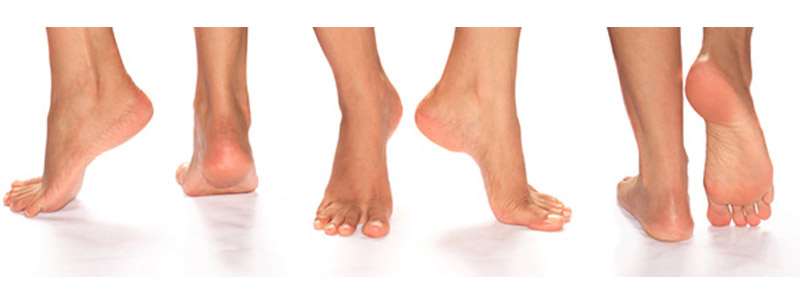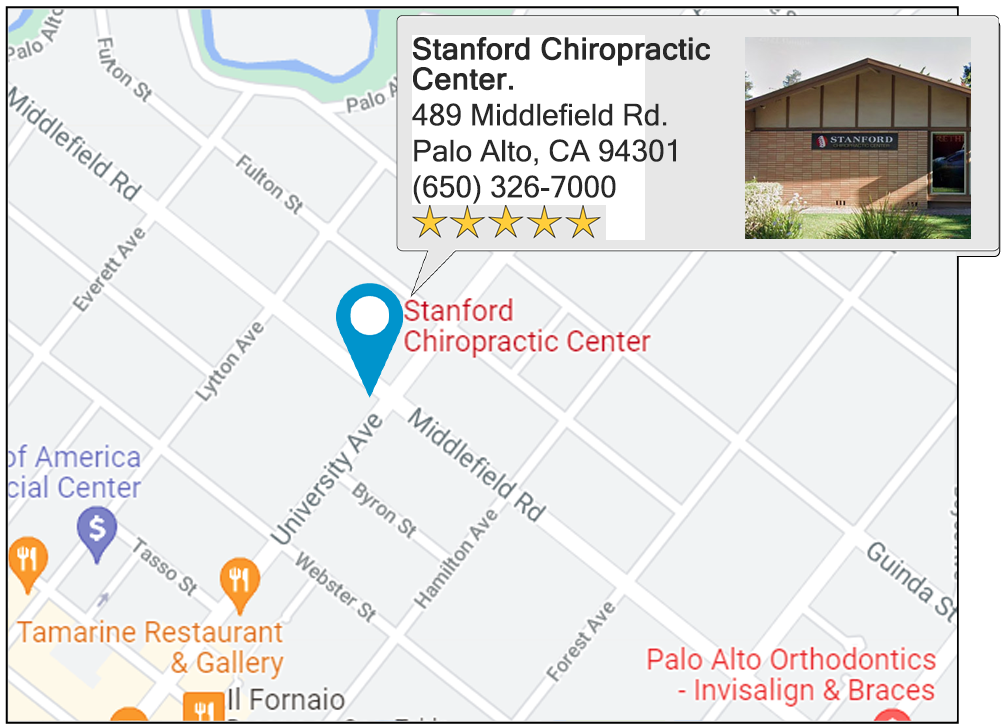Are your Feet too Planted?

We have established that our feet are our foundation in our last week’s blog, How Feet and Spines go Hand in Hand The question today is, what happens when your foundation is unstable due to Pain?
There is a variety of common foot ailments but possibly none more painful then Plantar Fasciitis, also called “heel pain syndrome." Over 2 million people in the US alone are affected on a yearly basis.
What is it?
Plantar fasciitis can come on gradually as the result of a degenerative process or sudden trauma. It is generally worse on taking the first few steps in the morning or after long periods of sitting or non-weight-bearing movement. Pain can be aggravated by activity and prolonged weight bearing.
What causes it?
Non-supportive footwear can cause excessive pronation or under-pronation, as well as poor shock absorption. Pronation is seen in a normal walking style. The ankle rolls slightly inward after your heel touches ground. Then, the ankle rolls outward as you toe-off from that step. When you over pronate you are “compensating" which may create the habit of moving the body in a new way to avoid pain. Persistent pain from plantar fasciitis itself may get you to shift your weight to the outside of the affected foot, or you may try to land on the toes. Any of these pain-avoiding strategies throw the body out of alignment—and can lead to stressed joints and new pain in other parts of the body. The pain may increase to the point where you are no longer able to bear weight on the affected foot.
How Chiropractic Adjustment Can Help
Here at Stanford Chiropractic Center our approach is a full body care concept. The alignment or lack thereof, of your spine and hips greatly affects your overall health. In this case of plantar fasciitis, we would assess your spinal alignment, your gate, and normal shoes worn.
We may recommend, adjustment of the fascia to reduce tension and to help restore normal joint mechanics, regular adjustments for optimized alignment as well as proper orthotics.
Other Rehabilitation Ideas
Progressive resistance exercises should begin with toe curls. You curl your toes down hold the contraction for 10 seconds, then flex your toes up, hold for 10 seconds, repeat that 6 to 10 times 3 times per day. When you first start these exercises, some muscular cramping may occur, at which point the active contraction should be stopped. Slowly reintroduce to the exercise and continue to cramp tolerance. After you have reduced your pain a bit and are now ready for the more rigorous exercises, you may wan to try jumping rope or other hopping exercises in the final stages of rehabilitation.
A daily self-massage of the plantar fascia before getting out of bed in the morning can be helpful—before any weight bearing or stretching. Try rolling a golf ball or tennis ball, from the middle of the affected foot on the sole toward the toes. Be careful not to roll it over bones; keep it in the soft-tissue part of the underfoot. This brief massage takes 20 to 60 seconds, and can be performed multiple times a day.
Call today to set up your consultation. (650) 326-7000





